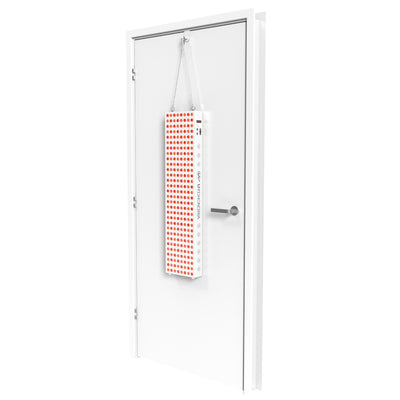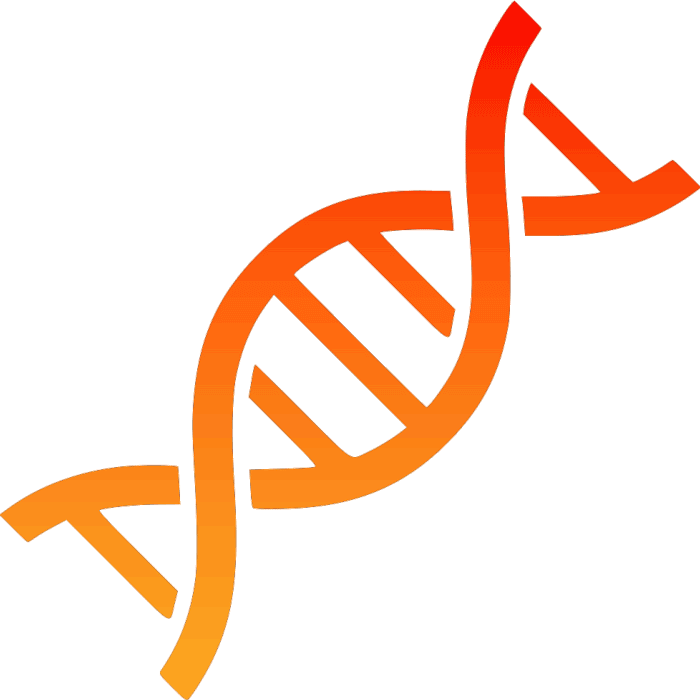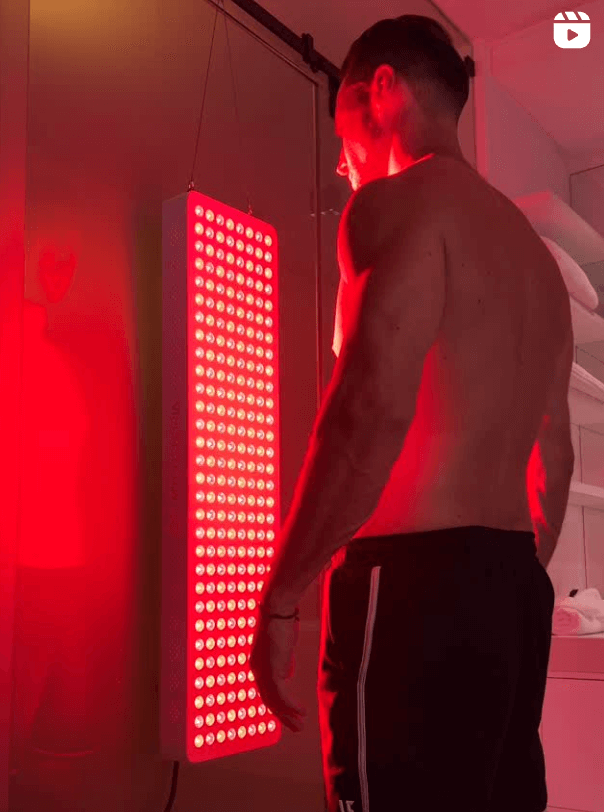The liver, often hailed as the body's metabolic powerhouse, plays a pivotal role in maintaining overall health and well-being.
It is responsible for a multitude of essential functions, including detoxification, metabolism, and the synthesis of vital proteins.
However, with the modern lifestyle characterized by poor dietary choices, excessive alcohol consumption, and environmental toxins, liver diseases are on the rise.
In this blog post, we'll delve into the fascinating world of red light therapy and its potential in preventing liver disease.
The Liver's Crucial Role

The liver is the largest internal organ in the human body and is responsible for a range of vital tasks:
- Detoxification: The liver helps detoxify the blood by breaking down and removing harmful substances, such as drugs and alcohol.
- Metabolism: It plays a central role in carbohydrate, fat, and protein metabolism, regulating glucose levels and lipid profiles.
- Protein Synthesis: The liver synthesizes essential proteins like albumin and clotting factors, which are necessary for maintaining overall health.
- Storage: It stores important nutrients, including vitamins and glycogen, for future use.
- Immune Function: The liver is a key player in the body's immune response, filtering out bacteria and toxins from the bloodstream.
Given its diverse responsibilities, maintaining liver health is paramount to overall well-being.
The Rising Tide of Liver Disease

Liver disease encompasses a broad spectrum of conditions, ranging from fatty liver disease and hepatitis to cirrhosis and liver cancer.
In recent years, liver disease has been on the rise, largely due to factors such as:
• Obesity: The global obesity epidemic has led to an increase in non-alcoholic fatty liver disease (NAFLD), which can progress to more severe liver conditions.
• Alcohol Abuse: Chronic alcohol abuse is a leading cause of alcoholic liver disease, which can progress to cirrhosis.
• Viral Infections: Hepatitis viruses (such as hepatitis B and C) can cause inflammation and damage to the liver.
• Medications and Toxins: Certain medications and environmental toxins can harm the liver when consumed or encountered in excess.
Red Light Therapy - To The Rescue!

You may ask yourself, how could red light therapy possibly aid in liver support?
With a powerful enough device, such as one of the MyLights, the light can penetrate deep into your tissues which leads to:
• Increased ATP Production: Red light therapy enhances cellular energy production, which is essential for cellular repair and function.
• Improved Blood Flow: It stimulates the release of nitric oxide, a molecule that relaxes blood vessels and improves circulation.
• Reduced Inflammation: Red light therapy has anti-inflammatory properties, which can help combat chronic inflammation, a key driver of liver disease. Chronic inflammation is a hallmark of liver disease, and it can lead to liver fibrosis and cirrhosis. Red light therapy's anti-inflammatory effects may help mitigate inflammation in the liver and slow down disease progression.
• Cellular Repair: It promotes the repair and regeneration of damaged cells and tissues.
You can achieve this with sessions as short as 5-minutes using a MyLight MIDI or MyLight MAX.

The regenerative capacity of the liver is remarkable, but it can be overwhelmed by chronic damage.
Red light therapy may aid in liver cell regeneration, potentially reversing early-stage liver damage.
Conclusion: Shedding Light on Liver Health
The liver is a remarkable organ with an indispensable role in maintaining overall health. Liver diseases can have a significant impact on our well-being, making prevention and treatment crucial.
This non-invasive and low-risk therapy may offer benefits such as reduced inflammation, improved liver function, and protection against toxins - and the initial clinical trials have shown extremely promising findings.
As our understanding of red light therapy continues to evolve, it is essential to approach it as a complementary tool in your liver health regimen, alongside the guidance of healthcare professionals and a commitment to a healthy lifestyle.




























